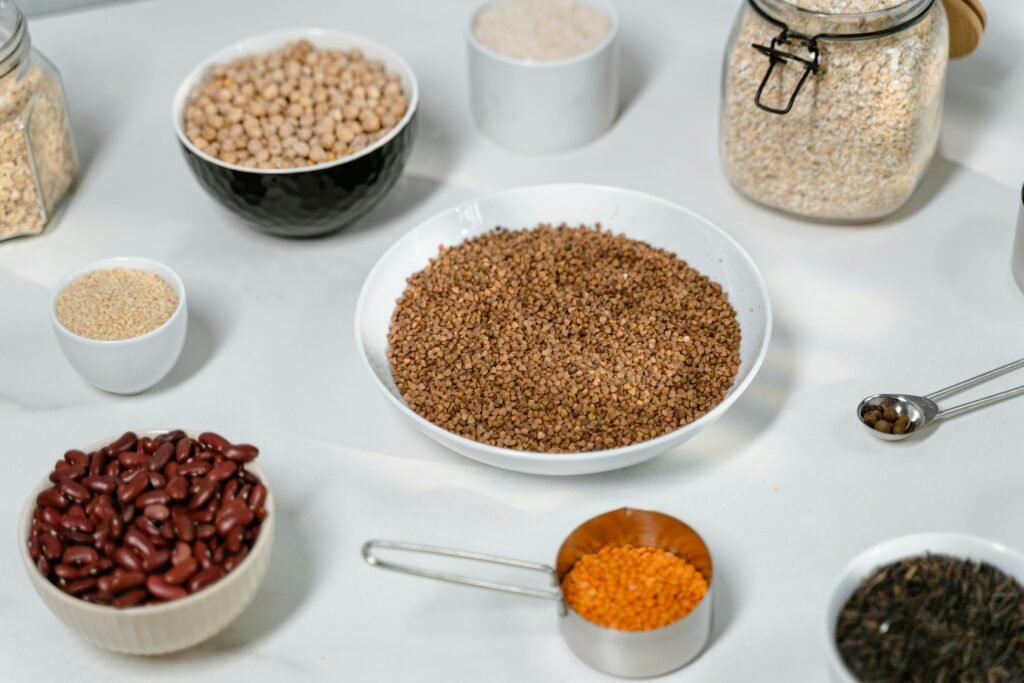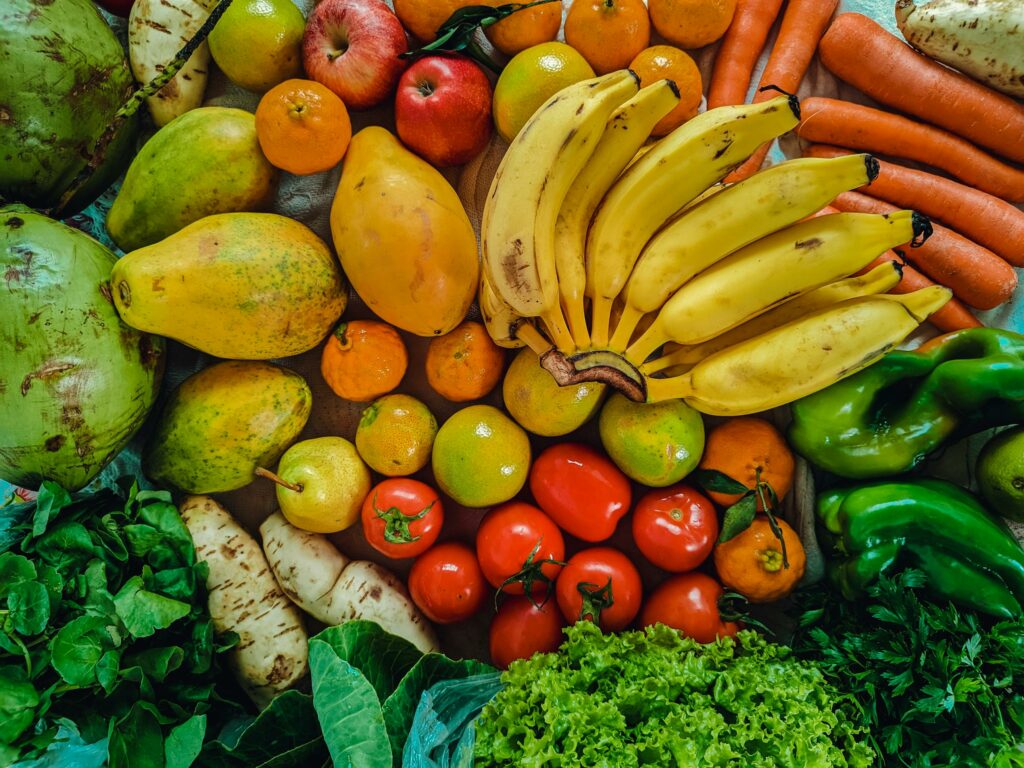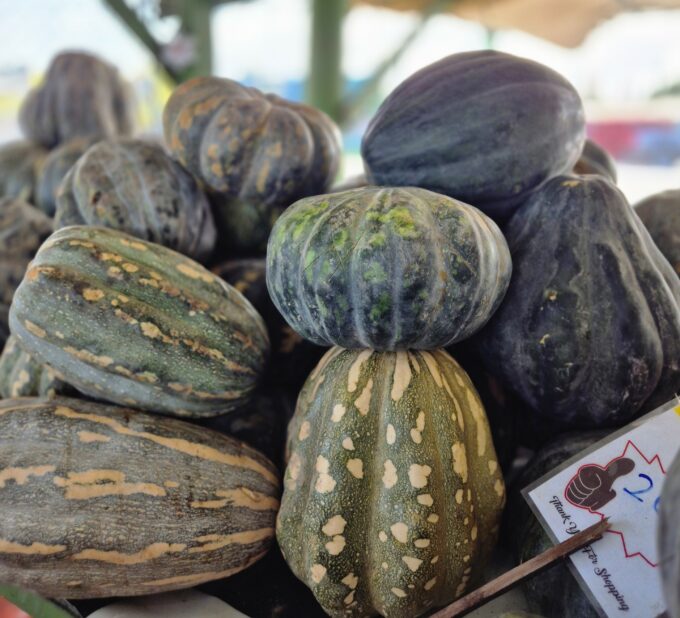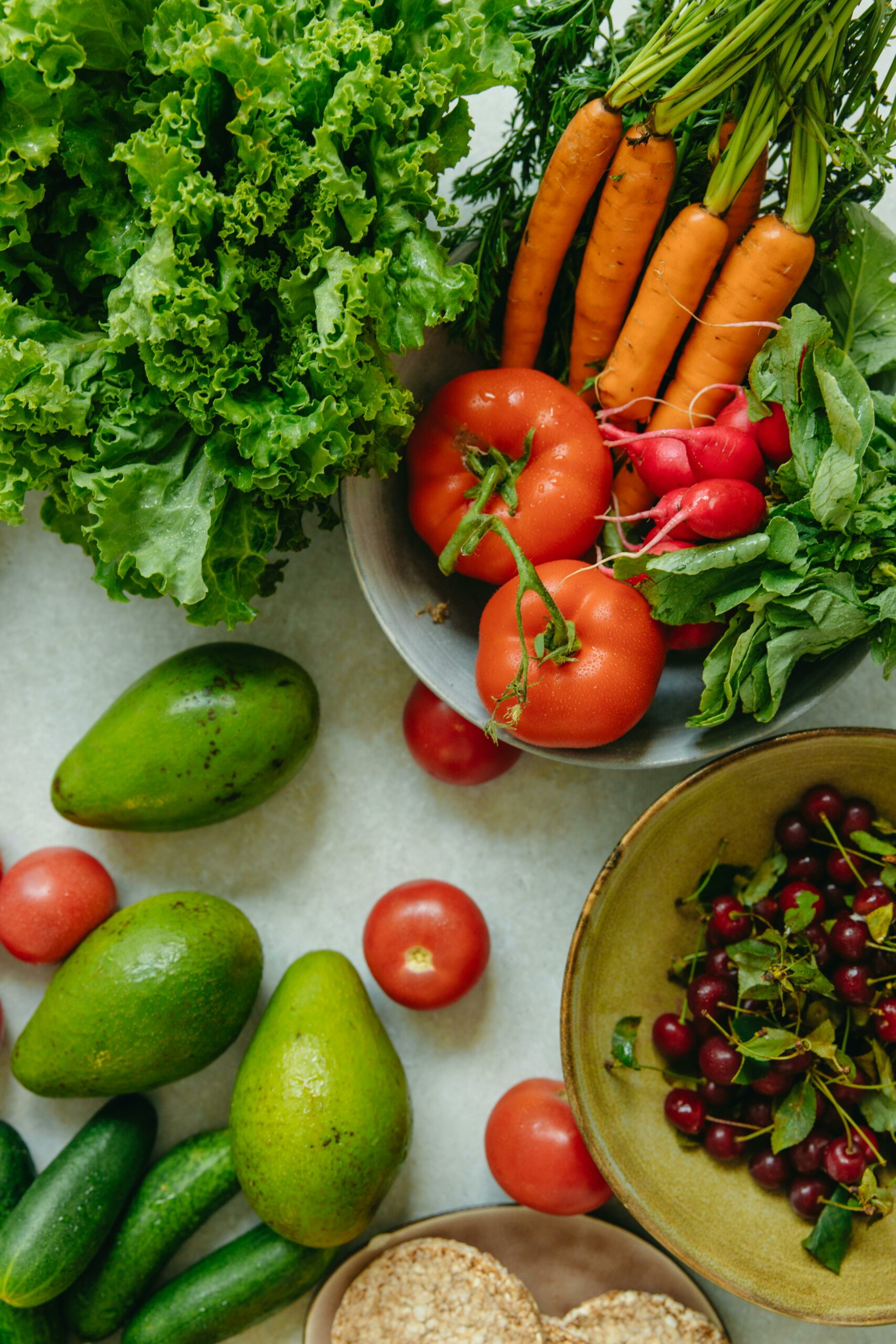Good nutrition plays a crucial role in women’s health, supporting overall well-being through all stages of life—from adolescence to the reproductive years, menopause, and post-menopause.
A woman’s nutritional needs change from one stage to another, with different key nutrients becoming more important at each stage. No single food can provide all the essential nutrients women need. Therefore, it is essential to eat a balanced diet that includes healthy foods from all food groups, in portions that allow the body to receive what it needs to function, maintain health, and perform at its best.
| Developmental Stage | Key Nutrients needed | Function |
| Adolescence/ puberty | Zinc, Calcium, Vit A, D | Hormonal balance, skeletal and bone structure |
| Young adulthood | B complex, Folic acid, iron, DHA | Emotional and mental development |
| Childbearing | Iodine, Folic acid, iron, Omega 3 | Hormonal balance, mood response, baby formation |
| Menopause | Phytoestrogen | Digestion, metabolism, hormonal balance with estrogen decline |
| Post menopause | Vit K, D, Calcium, magnesium | Hormonal balance, bone health, cardiovascular health |
What does a balanced diet look like?
A Balanced diet must contain various foods from all food groups to provide:
Essential macronutrients:
Carbohydrates
Healthy Protein
Healthy fats
Essential micronutrients:
Vitamins -fruits and vegetables
Minerals – fruits and vegetables
Phytochemicals
Carbohydrates
Carbohydrate-rich foods should provide 50–65% of total daily calories. They supply the body with energy, fiber, vitamins, and minerals. However, not all carbohydrates are created equal.
Women at all stages of life should prioritize complex carbohydrates, which benefit overall health by providing essential nutrients and fiber. Examples include legumes, starchy vegetables such as ground provisions, plantain, breadfruit, and whole grains.
While carbohydrates are the body’s main energy source, excessive intake can lead to weight gain and high blood sugar levels. Women with diabetes, in particular, should practice portion control.
To maintain a healthy weight and stable blood sugar levels, aim for 2–4 servings of high-quality carbohydrates per meal.
One serving equals:
- 1 slice of bread
- ½ cup of whole-grain pasta
- ½ cup of sweet potato
Studies suggest that women who consume high-quality carbohydrates (legumes, whole grains, starchy vegetables), adequate dietary fiber, and fewer refined carbohydrates have a greater chance of living longer.

Whole grains: brown rice, whole wheat, whole oats, whole barley, quinoa, corn.
Legumes: chickpeas, red beans, kidney beans, black beans, adzuki beans lentils split peas.
Starchy vegetables: sweet potatoes, cassava, bread fruit, eddoes, yams, plantain.
Refined carbohydrates: White bread, pastries, cookies, cakes, doughnuts, are not good quality carbs because they have lost important nutrients, essential fiber and some minerals in the polishing process that removes the outer bran layer and the germ. This extends the life of the grain, makes it appear whiter, softer in texture, and quicker to cook, but it does not benefit the woman’s health.

Protein
Protein is the building block of the body—found in muscle, bone, skin, hair, and every tissue. This essential macronutrient is crucial for women’s well-being, supporting hormone balance, bone health, muscle strength, skin and hair formation, and satiety when consumed in adequate amounts.
For example, a woman weighing 56 kg should consume at least 45 g of protein daily. Protein needs may increase during pregnancy, breastfeeding, menopause, or depending on personal health goals.
Healthy plant-based proteins such as peas, beans (which also provide carbohydrates), nuts, and seeds (which also provide healthy fats) are excellent options. They are cholesterol-free and rich in vitamins, minerals, and fiber.
A large study at the Jean Mayer USDA Human Nutrition Research Center involving over 48,000 women found that higher plant-protein intake was linked to healthy aging, better mental health, and reduced risk of memory decline.
Healthy fats
Fat is the most calorie-dense macronutrient, providing 9 kcal per gram. In the past, low-fat diets were widely promoted, but research now shows it’s more important to choose healthy fats rather than simply reducing fat intake. Women of all ages benefit greatly from including good fats in their diets.
- Hormone balance: Without healthy fats, hormones can become imbalanced.
- Brain function: Omega-3 and omega-9 fatty acids support cognitive function and mental clarity.
- Mood health: Increased intake of oily fish, nuts, and seeds has been linked to improved mood, and reduced anxiety and depression in women.
- Skin health: Omega-6 and omega-7 fatty acids support skin hydration, elasticity, and collagen production.
Ways to Include Healthy Fats:
- Fatty fruits (avocados, awaras, kurus, coconuts) help improve satiety, stabilize blood sugar, and support a healthy metabolism.
- Nuts and seeds with fruit (mango, papaya, banana, grapes, kiwi, dried figs, peaches) make a nutrient-packed snack that also improves absorption of fat-soluble vitamins A, D, E, and K—important for women who are pregnant or trying to conceive.
- Salads with nuts/seeds: Combine colorful vegetables (tomatoes, carrots, purple cabbage, red onions, sweet peppers) with olive or avocado oil and sprinkle with flax, chia, hemp, sesame, pumpkin, or sunflower seeds—especially beneficial during menopause and post-menopause.
- Pre-activity snacks: Nuts like peanuts, pistachios, cashews, almonds, walnuts, and pecans provide quick energy and mental focus for active young women.
Cooking with Healthy Oils:
- Olive and avocado oil: Best for salad dressings and drizzling over ground provision.
- Canola, sunflower, and corn oil: Better for higher-heat cooking such as stir-frying, deep-frying or curries.
- Peanut, walnut, and sesame oil: Excellent for adding flavor to stir-fried dishes like chowmein or fried rice.
Including these fats during adolescence and puberty supports hormonal balance, growth, and development.
Vegetables and fruits

We need at about 1 pound of fruits and 1 pound of vegetables a day (5 servings each) to get all the various vitamins, minerals, fiber and phytochemicals.
Incorporate all fresh in season green and colored fruits and vegetables when preparing your meals.
Fruits and vegetables should take up the largest portion of the plate. They are low in calories but high in vitamins, minerals, antioxidants, and phytochemicals.
They help protect women from chronic diseases such as diabetes, high blood pressure, obesity, cardiovascular disease, and certain cancers. However, one of their most important roles is supporting gut health—which directly affects immunity, skin, digestion, mood, and brain function.
Around 80% of immune cells live in the gut, defending the body against infection while protecting healthy cells. Fruits and vegetables supply the dietary fiber and prebiotics that healthy gut bacteria need to thrive.
Tips to increase intake:
- Include fruits and vegetables at every meal. Start with your favorites, then gradually introduce others. The more you eat them, the more you’ll enjoy them—build the habit one small step at a time.
So, start today with whatever healthy carbs, protein, fat, fruits and veggies you have on hand and keep on going by adding more and more.














